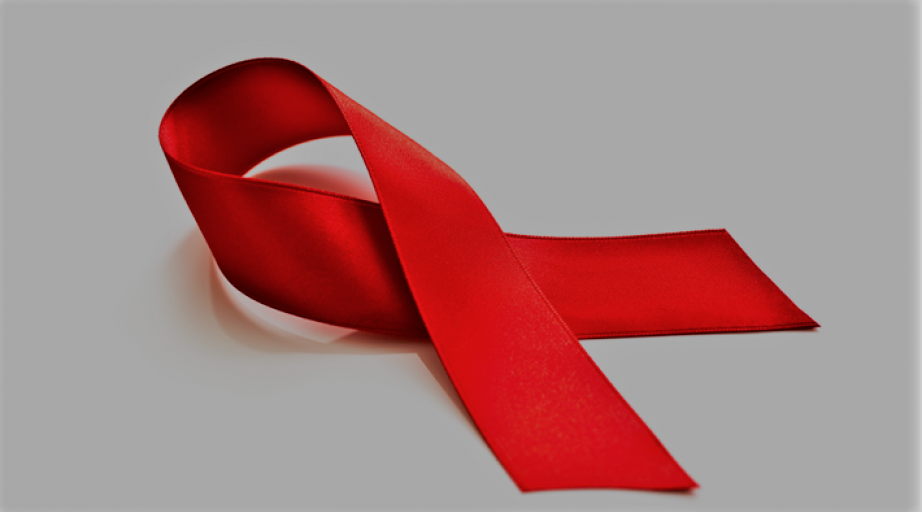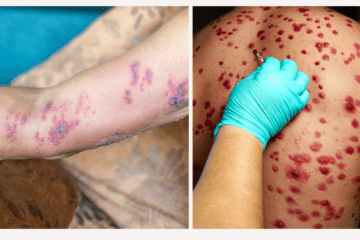HIV/ AIDS – Cause, Prevention, Symptoms & Treatment
HIV stands for Human immunodeficiency virus infection and AIDS stands for acquired immune deficiency syndrome, HIV/AIDS is a spectrum of conditions caused by microbe’s infection with the human immunodeficiency virus (HIV). AIDS is the most advanced stage of HIV infection. This virus breaks down certain cells in your immune system. HIV virus destroys T cells CD4+ & these T cells help for body immunity. Some people early stage of infection with HIV is asymptomatic. Most people experience symptoms in the first month or later. The early stage of infection is known as the acute stage.
How HIV/AIDS is spread?
- It primarily spreads through a sex partner who is carrying this virus by unprotected sex (including anal and oral sex).
- Contaminated blood transfusions, hypodermic needles
- From mother at the time of pregnancy or breastfeeding.
Signs and symptoms:
Acute stage:
- Symptoms are like flu and may last anywhere from a few days to several weeks.
- Mild to moderate fever
- Body ache
- Lymph glands are swollen & tenderness.
- Sometimes sores on the mouth and genitals
- Skin rash
Chronic HIV/Clinical latency: The initial symptoms are followed by a stage is Chronic HIV/Clinical latency. In many cases, after the initial symptoms disappear, there will not be any further symptoms for many years. During this time, the virus damages the immune system and organs. While typically there are few or no symptoms at first, near the end of this stage some people experience fever, weight loss, lymphadenopathy, gastrointestinal problems and muscle pains.
Late-stage HIV infection/Acquired immunodeficiency syndrome (HIV/AIDS): In this stage T cell CD4+ count below 200 cells per µL. In this stage symptoms are:
- permanent tiredness
- pneumonia
- candidiasis, cytomegalovirus
- fever & dry cough
- Kaposi’s sarcoma
- weight loss
- shortness of breath
- night sweats
Prevention for HIV/AIDS: The best way to prevent HIV is to Practice safer sex, use a condom, lubricant for sex. Never share needles or other injecting equipment, including syringes, spoons and swabs. Be aware before blood transfusion. Screen for HIV in pregnancy.
Diagnosis for HIV/AIDS:
- Antibody test: During the first few months of this infection, HIV test may provide a false-negative result. Between three to twelve weeks after infection, maximum people will develop detectable HIV antibodies, which can be found in the blood or saliva. OraQuick HIV Test & Home Access HIV-1 Test System kits available home test for diagnosis.
- Antibody/antigen test
- Nucleic acid test (NAT): This is for people who have early symptoms of HIV or recently had a high-risk exposure, this is an expensive test isn’t used for general screening.
Treatment for HIV/AIDS:
There is currently no cure for HIV/AIDS, treatments can stop the progression of the condition Antiretroviral therapy (ART) is the use of HIV medicines to treat HIV infection. Daily proper medications that stop the virus from there reproducing. This helps protect your T cells, keeping your immune system strong enough to fight off disease.




0 Comments